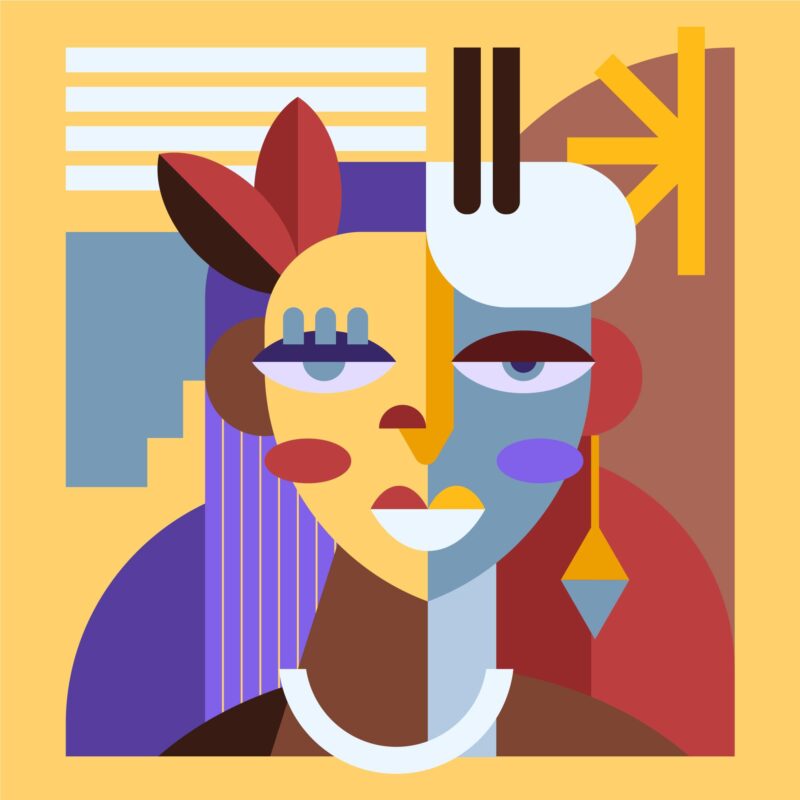Australia, with its vast landscapes, unique wildlife, and rich cultural heritage, has long been a source of inspiration for artists. From the iconic Sydney Opera House to the breathtaking Great Barrier Reef, this country is renowned for its remarkable landmarks that capture the imagination. Beyond its natural wonders, Australia has also fostered a thriving art scene, with modern artwork serving as a vibrant expression of the nation’s identity and creativity. This article delves into the captivating world of Australian contemporary art, exploring its diverse styles, notable artists, and the cultural context that shapes this dynamic artistic landscape.
From the Abstract to the Experimental: Diverse Styles in Australian Modern Art
One of the defining characteristics of modern Australian artwork is its remarkable diversity. Artists in Australia have explored a wide range of styles and techniques, embracing both traditional and experimental approaches. From abstract expressionism to photorealism, from installation art to street art, the Australian art scene is a tapestry of creativity.
In the realm of abstract art, the works of many Australian artists have garnered international acclaim. Their use of vibrant colours, bold brushstrokes, and abstract forms evokes a sense of energy and dynamism, reflecting the spirit of the Australian landscape. These artists challenged traditional notions of representation, encouraging viewers to engage with their work on a more emotional and visceral level.
Indigenous Art: A Powerful Reflection of Culture and Identity
While Australian modern art encompasses a wide range of styles, it would be remiss not to acknowledge the profound impact of Indigenous art on the nation’s artistic landscape. For thousands of years, Indigenous Australians have used art as a means of storytelling, connecting with the land, and preserving cultural traditions.
Indigenous art, with its intricate dot paintings, vibrant colours, and symbolic representations, offers a profound insight into the Dreamtime—the spiritual and cultural beliefs of Indigenous Australians. Many such local artists have gained international recognition for their unique contributions to contemporary Indigenous art, bridging the gap between ancient traditions and modern artistic expressions.
The Role of Australian Modern Art in Society: Reflection and Provocation
Australian contemporary art serves as a form of creative expression and plays a crucial role in reflecting and provoking societal conversations. Many artists use their work as a means of addressing pressing social issues, challenging established norms, and initiating dialogue. From exploring the country’s colonial history and its impact on Indigenous communities to addressing environmental concerns, Australian artists have embraced art as a powerful tool for social commentary and change.
In recent years, street art has emerged as a prominent medium for artists to engage with the public. Melbourne, in particular, has become a haven for street art, with laneways and buildings transformed into vibrant canvases. Many such artists have brought their unique styles to the streets, using their art to foster a sense of community, provoke thought, and reclaim public spaces.
Conclusion
Australian contemporary art is a dynamic and diverse tapestry that reflects the spirit, landscapes, and cultural identity of the Land Down Under. From the early influences of European art to the contemporary expressions of Indigenous artists, Australian art has evolved to encompass a wide range of styles and themes. It serves as a powerful reflection of society, provoking thought, challenging norms, and capturing the essence of a nation through the eyes of its artists. As Australia continues to evolve, so too will its art scene, offering endless possibilities for creative exploration and inspiration. New generations of artists will emerge, bringing fresh perspectives and pushing the boundaries of artwork, ensuring that it remains a vibrant and ever-evolving reflection of the nation’s spirit.









